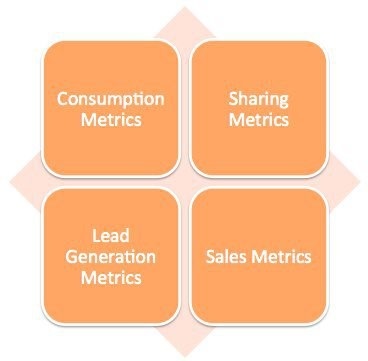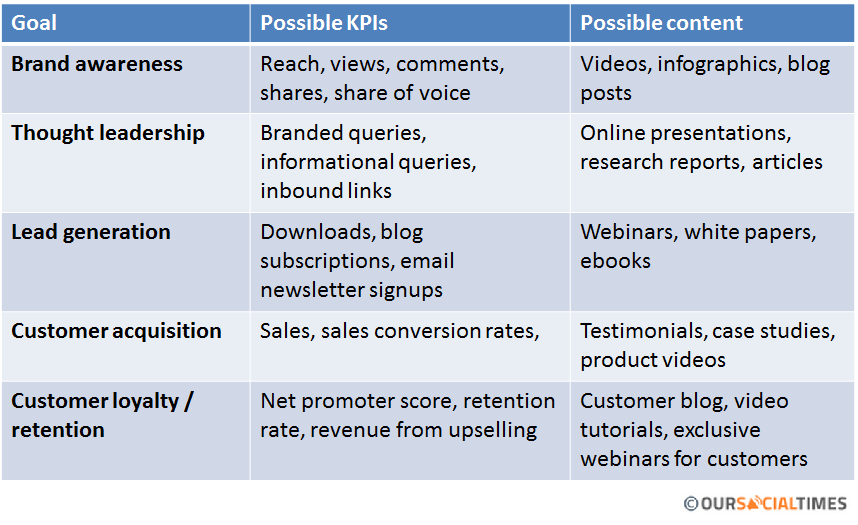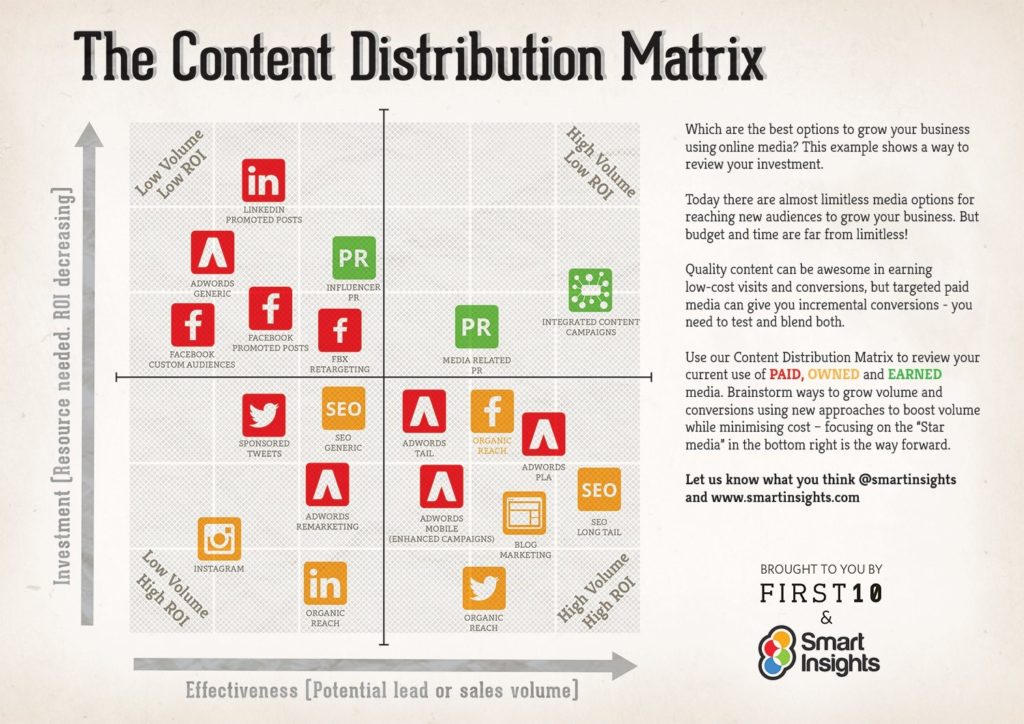Almost all of us are investing in content marketing. According to the CMI’s latest research, 85% of organisations in the UK are creating and distributing content on a consistent basis. From a certain perspective, that’s extremely encouraging news. But, there’s still work to be done. Only 36% of organisations actually have a documented B2B content marketing strategy.
It’s no coincidence that those 36% are much more likely to rate their use of content as “effective” or “very effective”, so when I start working on a new B2B content marketing strategy, here are the 6 questions I ask to help us maximise the results:
-
What do you actually want to achieve?
Are you looking to generate new leads? Increase your lead conversion rate? Improve your customer retention? Or develop your share of voice?
Identify a clear business objective and work backwards from there. As long as you know why you’re investing in content marketing, you can build a strategy best suited to deliver those results.
Tip: We have a tendancy to focus on ‘consumption metrics’ such as views, but more thought needs to be given to how these KPIs tie back to the campaign goals. As marketing commentator, Jay Baer, is quoted as saying: “Content helps achieve business objectives, not content objectives.”
-
Who is the target audience for your B2B content marketing strategy?
The next step is to clearly define who you want to reach. For B2B companies, it’s possible that you will be targeting a number of different industries, so think about where the biggest opportunity lies.
Once you have an industry in mind, you can drill this down further. Are there specific companies you want to target? And who are the people in those companies you need to reach? Build a clear picture of who you want to engage with your content.
Tip: Start with a niche. For one of our clients, we saw a big opportunity to engage with and gain new customers within the utilities industry. We built an entire content campaign around this very targeted group and successfully generated sales-ready leads from all of the ‘big 6’ energy companies in the UK.
-
What are the challenges your target audience is facing that you have the expertise to help with?
There’s often a disconnect between what companies want to talk about (which is usually themselves!) and what buyers want to hear about.
In order to engage your target audience effectively, you need to find the overlap. Put yourself in your customer’s shoes. Ask yourself, what are the pain points that you have the expertise to help with? This should be the focus for your content.
Tip: Running a simple online survey of your target customers offers the double benefit of helping you identify their pain points and creating a valuable piece of content, which can be published and promoted.
-
What is the best way to present this content that will appeal to your audience and deliver our KPIs?
We now know the objective. We know the audience. We know the topic. It’s only at this stage you should start considering the format of your content.
If the objective is lead generation, an infographic is not likely to deliver results. The graphic below looks at measuring B2B content marketing. It identifies 5 goals along with possible KPIs and suitable content types.
Another consideration is what type of content your target audience is most likely to engage with. Webinars might be common place in some industries, but nearly unheard of in others. It’s also important to consider whether buyers are likely to be using mobile or desktop, as that will have a big impact on what content will be suitable.
Tip: Once you’ve got started, a GAP analysis is a worthwhile activity. Look at your existing content and identify the missed opportunities. This content distribution matrix (below) from Smart Insights is a great starting point.
-
How will you distribute this content?
What’s the use in having great content if your audience won’t see it? Having a distribution strategy is vital to the success of any B2B content marketing strategy, so don’t let it be an afterthought.
Before diving in and working with clients to produce content, I normally recommend spending some time building up their social media presence and ensuring we have a relevant community actively engaging with us. When we come to produce content, we have a receptive audience ready and waiting.
Tip: Organic social media certainly isn’t the only option. Your eventual strategy is likely to include social media advertising, PPC, blogger outreach, influencer engagement, media partnerships, SEO and email. Test and identify the channels that are best suited to your content and your audience.
-
What does success look like?
 Finally, let’s put some targets behind this. We identified our KPIs right at the start, but now that we know who the audience is, what the content will be and how we’ll be promoting it, what can we hope to achieve?
Finally, let’s put some targets behind this. We identified our KPIs right at the start, but now that we know who the audience is, what the content will be and how we’ll be promoting it, what can we hope to achieve?
Tip: Increase your engagements by utilising your community and tapping into them. See 6 brands that are doing this right.
Tip: Your measurement framework is likely to include a mixture of consumption, sharing, lead generation and sales metrics. Set targets for each of these and use that data to tweak and optimise your strategy in future.
Is there anything you’d add to this? Let us know in the comments. And if you’d like to discuss developing a B2B content marketing strategy, feel free to get in touch for an informal chat!



